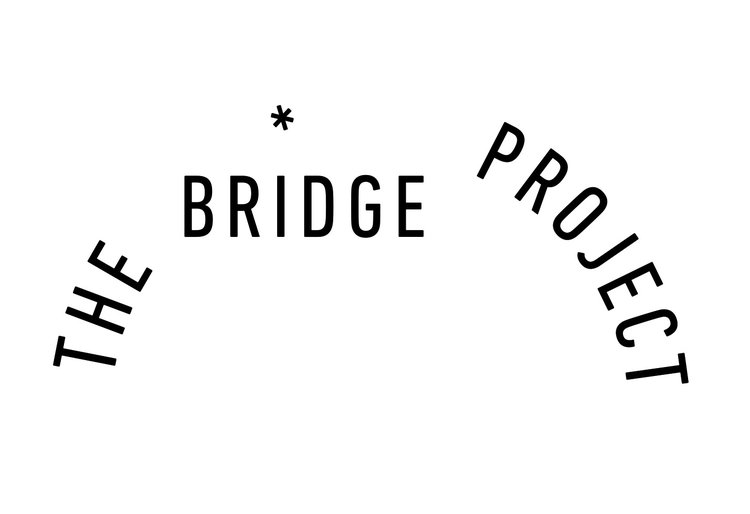Reencontro, towel, found painting, 140 x 83 cm, 2022
Galo, wood, acrylic paint, shell, 24 x 20 x 2 cm, 2022
O Raio Verde, book and fabric, 21 x 25 x 2 cm, 2022
Lembrança, bottles, cardboard and charcoal, 34 x 30 cm, 2022
Castelo de areia II, book pages, 27 x 60 x 19 cm, 2022
Flutuador, hangers, 125 x 120 x 1cm, 2022
Avante, wood, magazines, elastics, 150 x 8 x 5 cm, 2022
Primeiro dia, foam and wood, 160 x 160 x 16 cm, 2022
O RAIO VERDE
With Zé Tepedino
On view at ZSenne ArtLab, 2 Annessensstraat, Brussels, Belgium, from August 27th until September 3rd 2022
The green ray, or green flash, is a meteorological optical phenomenon that sometimes occurs transiently around the moment of sunset or sunrise. When the conditions are right, a distinct green spot is briefly visible above the upper rim of the solar disk; the green appearance usually lasts for no more than two seconds. Rarely, the green flash can resemble a green ray shooting up from the sunset or sunrise point.
Echoing Jules Vernes´ eponymous novel, which crossed the ocean in Zé Tepedino´s luggage, the quest for the green ray implies a search for the horizon, an ability to look beyond what is familiar. O Raio Verde, closing Tepedino´s residency at ZSenne ArtLab, offers a visual transposition of this research towards a broader perspective, departing from the artist´s subjective standpoint.
Crossing through Belgium from border to border, alongside the coastline or wandering in the streets of Brussels, Zé Tepedino reveals a playful operating system that redefines the contours of his environment. In an attempt to recreate the salted memories that permeate his life and work experience in Brazil, trailing on the margin of the world, the artist gathers found objects, exposing an attentive gaze for what is not visible at first sight, for what is supposedly disappearing. Dislocating these scavenged residues from their initial function and providing them with new meanings; sorting out volumes, shapes and hues, playing fluidly with the materials´ density, the artist cancels the underlying tension between hard and soft, geometry and organicity, urban and nature. Leaving room for the material to express its essence and the larger memories it contains; the artist rearranges a world, in which the low saturated color palette reveals the fading effect of time and exposure to the sun and ready-made objects and assemblages invoke the ocean breeze and the horizon line.
Like this, a grid made of intertwined straps and feathers recalls a fishing net or a boat rope ladder. Pages of books that once told travel tales or ocean crossing stories are assembled into organically shaped sculptures or cover the windows as a kind of expanded painting, inverting the common use to hide empty shopwindows from passersby and enhancing the space occupation. A sliced foam mattress and clothes hangers’ curves allude to wave undulations, while assembled bandages mimic a sail or flag and a stained bath towel conjuncts the horizon line of a maritime painting. Finally, a video invites us to follow the artist´s footsteps along the coastline, echoing Tepedino´s attention for what literally exists at the margin.
Stitching, threading, assembling, or walking; Tepedino´s poetics revolve around time and memories contained in discarded elements, which he arranges to understand the world. Following German philosopher Hans-Georg Gadamer, this understanding only happens with the fusion of different horizons: the artist´s and the viewer´s, the past and the present, the object, the thought process, and the language; creating the contours of a new psychogeography, appropriating spaces through imagination, like tiny islands that would shift and gather in archipelagos of a common understanding, a new Pangaea.
Central to Eric Rohmer's 1986 film, the green ray is believed to give a heightened perception to those who view it, one of the characters further explaining that "when you see the green ray you can read your own feelings and others too". This is probably where the artist stands, in a transient moment where balance is found between the quiet observation and the movement of the artmaking, in the dialogue that the artistic experience implies between the artist, the viewer and the artwork, in a fusion of subjective horizons, possibly allowing us to better understand our surroundings, to see what is nearby and beyond.
“The concept of horizon suggests itself because it expresses the superior breadth of vision that the person who is trying to understand must have. To acquire a horizon means that one learns to look beyond what is close at hand – not in order to look away from it but to see it better”. Hans-Georg Gadamer.
Zé Tepedino (1990), lives and works in Rio de Janeiro. In 2016 he is a graduate in Visual Communication from PUC-Rio. Using techniques such as sewing, painting and assemblage, his work ranges from sculpture to monumental installations and performance art, expanding the scale of his poetics. His research revolves around the banal, organizing materials, colors, and shapes in space, creating new arrangements and situations.
Selected group shows: If i were you, Espaço Kupfer, London, UK (2022); O Cru e o Cozido, curated by Pollyana Quintella, Athena gallery, Rio de Janeiro, Brazil (2022); Heat, curated by Victor Gorgulho, Quadra gallery, Rio de Janeiro, Brazil (2022); Sol, curated by Alexandre da Cunha, Marli Matsumoto gallery , São Paulo, Brazil (2022); Saravá, Anita Schwartz gallery, Rio de Janeiro, Brazil (2022); Abre Alas, Gentil Carioca, curated by Alexandre Maxwell and Pollyana Quintela, Rio de Janeiro, Brazil (2022).











